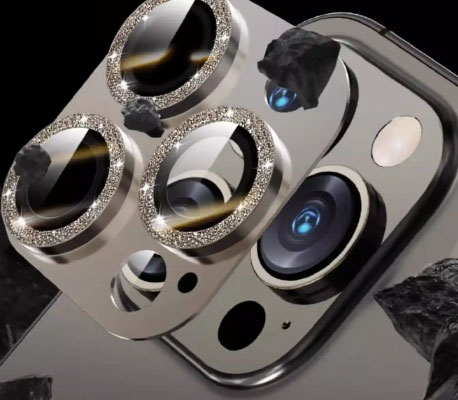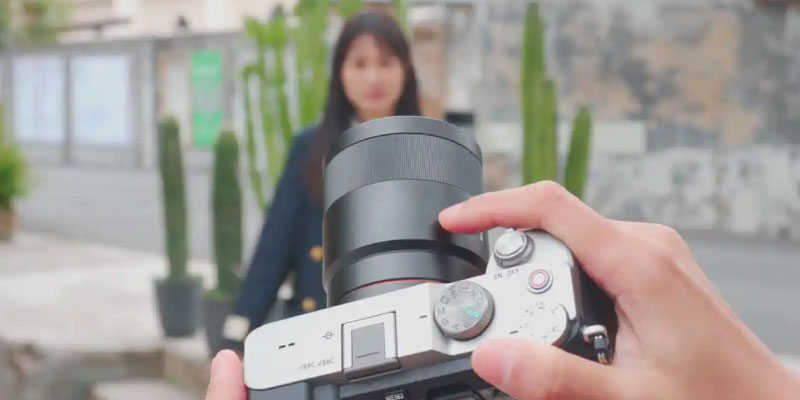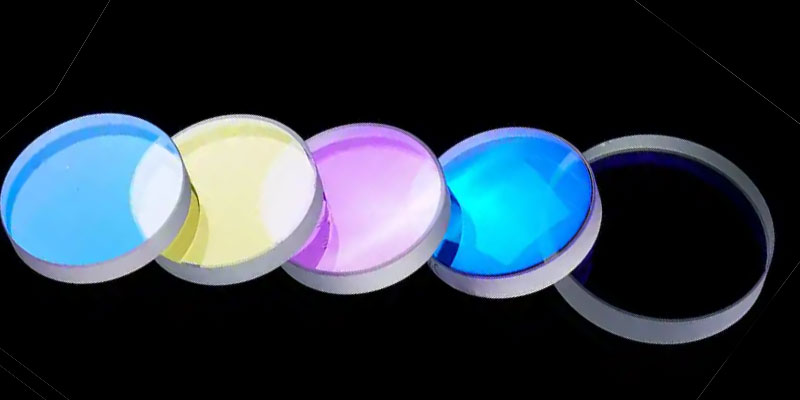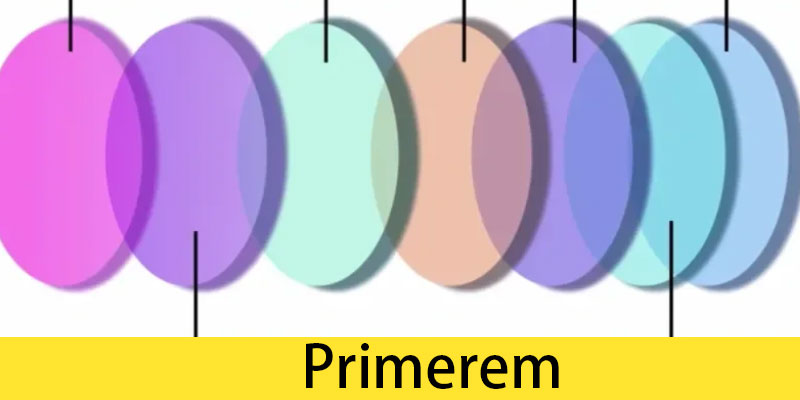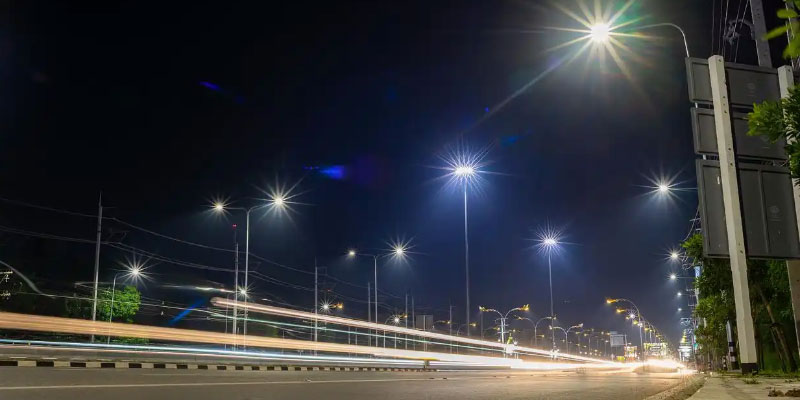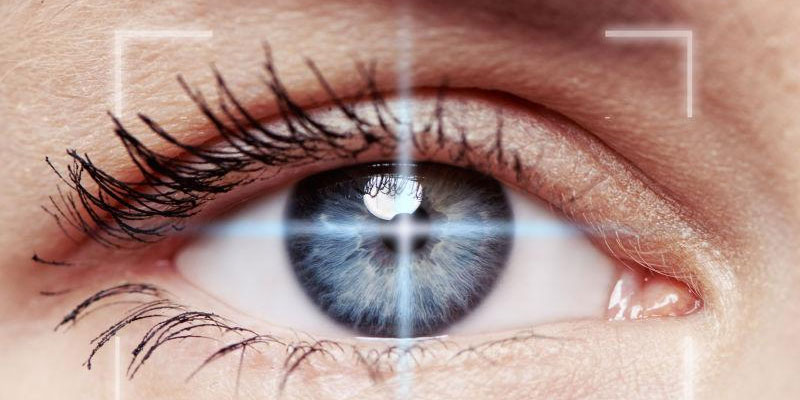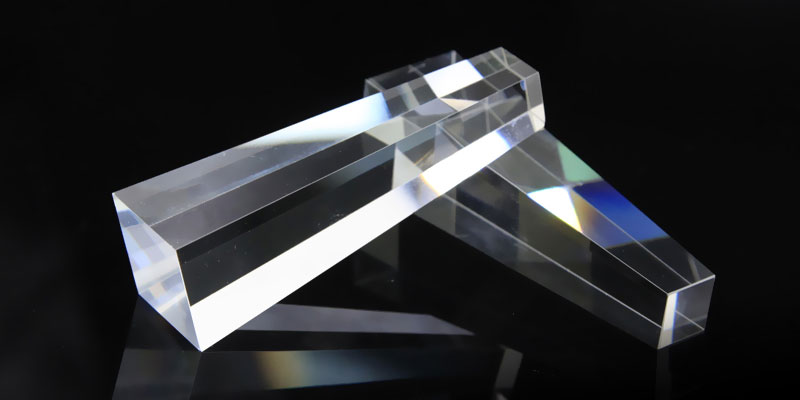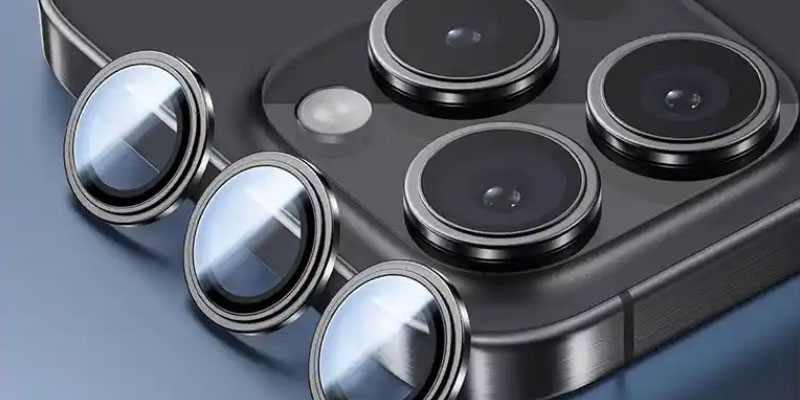
Why are Some Phone Companies Copying Iphone Camera Lenses?
The phenomenon of China’s smartphone industry borrowing from Apple’s designs can indeed be traced back over a decade. Starting with the metal frame and dual-glass design of the first-generation iPhone 4, numerous knockoff manufacturers began simply replicating this aesthetic language.
1.Industry Transformation Sparked by Notch Displays
Industry observers note the true turning point came after the 2017 iPhone X launch. Though its notch display design sparked controversy, domestic manufacturers rolled out similar solutions within just three months. Interestingly, while adopting the notch, these manufacturers often failed to replicate Apple’s TrueDepth camera system for 3D facial recognition, leaving large blank spaces at the top. This approach, prioritizing form over function, drew considerable criticism for its impact on user experience at the time.
2.Technical Challenges of Liquid Glass Effects
Recent reports indicate a leading manufacturer is testing a next-generation UI system featuring a Control Center with liquid glass effects reminiscent of iOS 26 previews. This real-time rendering effect, powered by a physics engine, demands substantial GPU computing power. Leaks indicate that test devices running the Snapdragon 8 Gen 4 platform experience noticeable overheating and frame rate fluctuations when executing this effect.
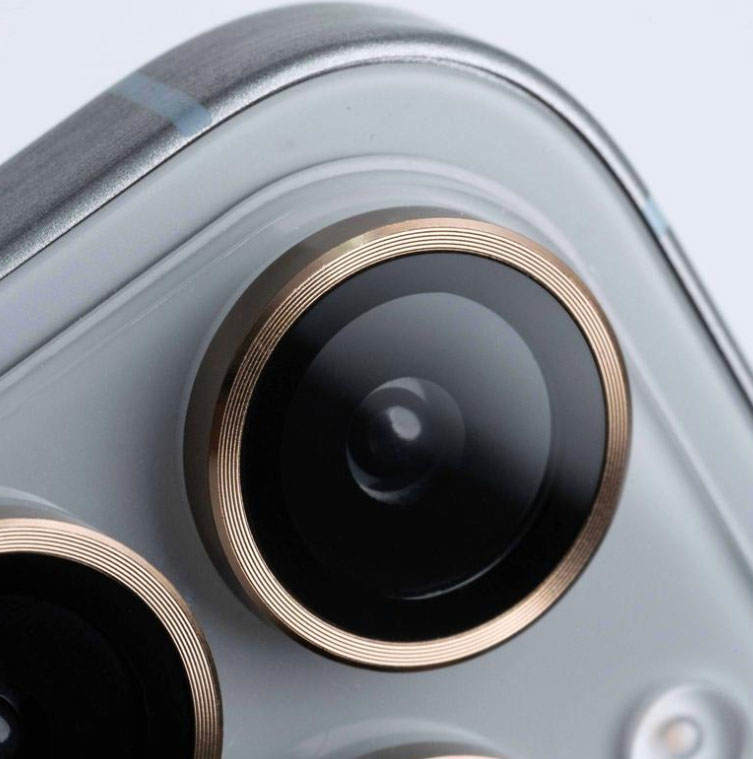
Magnesium fluoride exhibits high stability and can withstand high temperatures and acidic environments. Like calcium fluoride, magnesium fluoride is an alkaline substance capable of neutralising acids. Furthermore, it finds extensive applications in the production of aluminium, metal alloys, and chemicals.
3.Technical Risks Behind Imitation
From a technical perspective, this premature imitation carries significant risks. iOS 26’s fluid animations rely on Apple’s custom rendering pipeline built into its proprietary chips, while Android’s universal GPU architecture struggles to achieve comparable energy efficiency. More concerning is that some manufacturers are directly replicating Apple’s solutions in details like icon design and interactive animations. This lack of innovation could hinder their premium branding efforts.
Industry analysts argue that this imitation phenomenon reflects a fundamental lack of UI design autonomy.
When manufacturers over-rely on follow-the-leader strategies, their system experiences struggle to create distinctive memorable points. In contrast, Huawei’s HarmonyOS innovations in distributed capabilities and Xiaomi’s HyperOS breakthroughs in cross-device collaboration may offer more valuable industry references.
optlenses
Related Blogs


